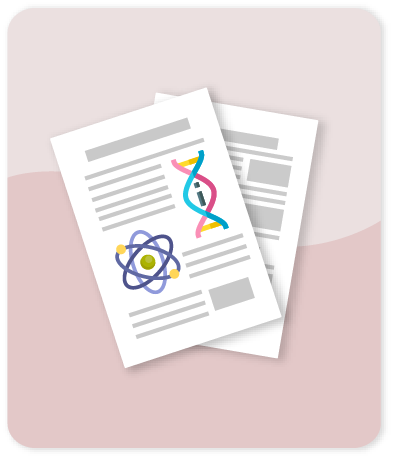Computational Insights Into Betanin for Dsscs: Unraveling Deprotonation Variations and Identifying Optimal Anchoring Sites on TiO2

Share this
Date
2024Author
Lopera A
Restrepo J
Vélez E.
Citación
Metadata
Show full item recordAbstract
Betanin (Bn), a natural dye in the Betalains family, predominantly takes on a cationic form known as Bn+. However, it exists in a neutral state as Bn_C2, Bn_C15, and Bn_C17 by losing an H+ from one of its carboxylic acids. Density functional theory (DFT) and Time-dependent density functional theory (TD-DFT) studies evaluate the efficiency of each betanin form and pinpoint the most probable anchoring point to TiO2. The Bn_C17 variant stands out as a highly promising candidate for DSSC cells, demonstrating a distinctive combination of electron injection efficiency, electrochemical performance, hole transport capabilities, and photovoltaic behavior. Considering factors like adsorption energy, binding mode, structural compatibility, electronic properties, and absorption characteristics, Bn_C17@TiO2 emerges as the most favorable dye@TiO2 complex among the studied betanin forms for DSSC applications. Contrastingly, the C2-COOH anchoring point presents challenges with monodentate binding, a different orientation, and potential load distribution issues. This behavior, resembling that of a p-type dye, differs from the n-type behavior exhibited by the C15-COOH and C17-COOH forms, making the latter two more suitable as sensitizers. Consequently, C2-COOH may not be the optimal anchoring point for TiO2 in the investigated betanin forms, especially when compared to the more favorable C17-COOH anchoring point. © 2024 Wiley-VCH GmbH.
Collections
- Indexados Scopus [1893]
